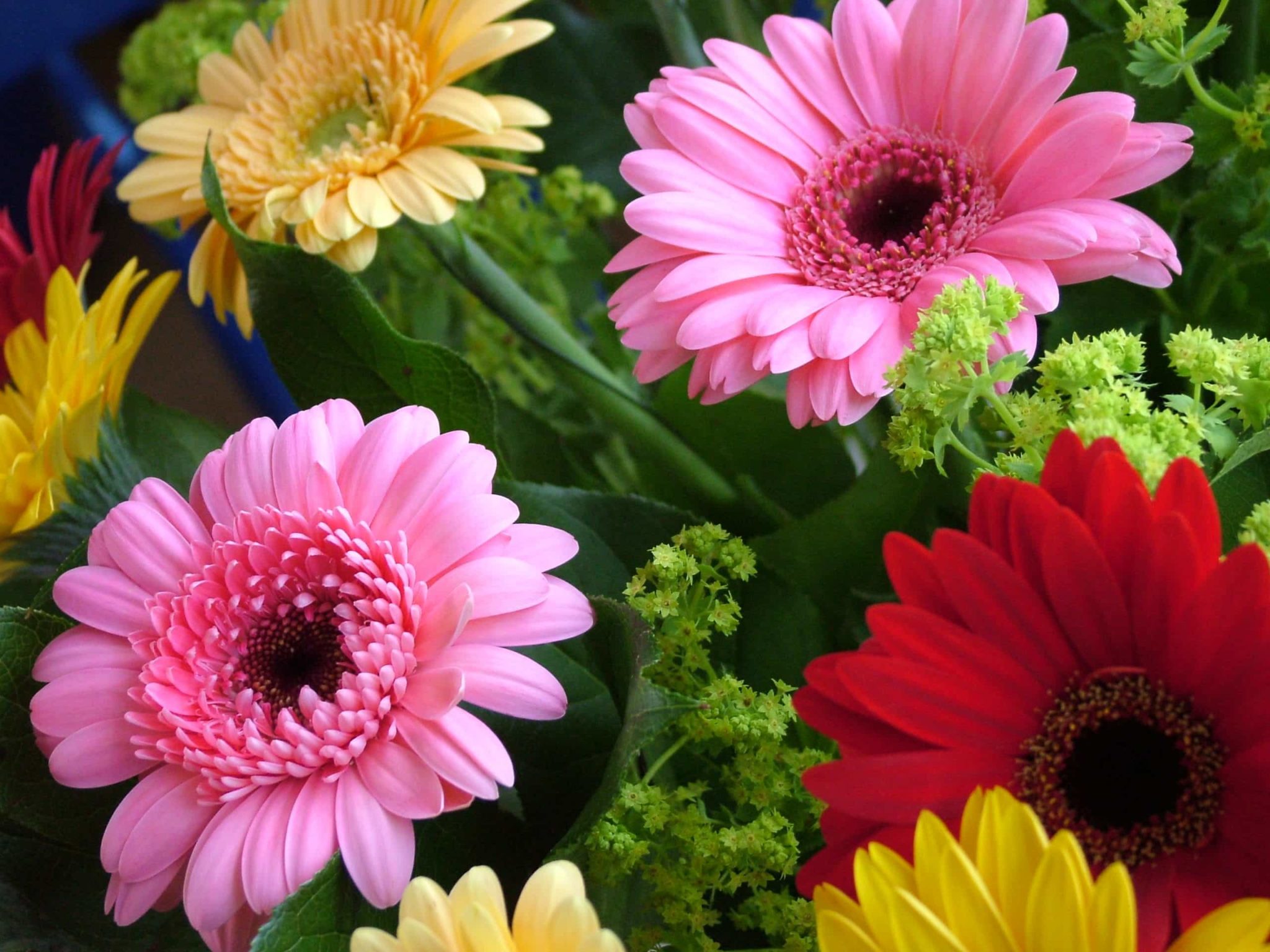Plants starting with g invite us on a botanical journey, where we discover a world of diverse species, each with its own unique characteristics and uses. From vibrant flowers to culinary herbs and medicinal wonders, this guide delves into the fascinating realm of plants whose names begin with the letter “G”.
Prepare to be captivated as we explore the characteristics, cultivation, and practical applications of these extraordinary plants, revealing the hidden gems that grace our gardens and enrich our lives.
Popular Plants Starting with G

The letter “G” introduces us to a diverse array of plant life, ranging from vibrant flowers to nutritious vegetables and aromatic herbs. Let’s explore some popular plants that grace our gardens and kitchens with their presence.
These plants are organized alphabetically for ease of reference:
Flowers
- Gardenia (Gardenia jasminoides): Known for its exquisite, fragrant white flowers that bloom throughout the summer.
- Geranium (Pelargonium): A versatile genus with over 200 species, offering a wide range of flower colors and shapes.
- Gladiolus (Gladiolus): Tall, stately plants with sword-shaped leaves and showy flower spikes in various hues.
- Globe Amaranth (Gomphrena globosa): A unique flower with round, papery blooms that retain their color even after drying.
- Goldenrod (Solidago): A genus of wildflowers known for their tall, showy flower spikes in shades of yellow and gold.
Vegetables
- Garlic (Allium sativum): A bulbous plant with a pungent flavor, used extensively in cooking and traditional medicine.
- Ginger (Zingiber officinale): A rhizome with a spicy, aromatic flavor, commonly used in Asian cuisine and herbal remedies.
- Green Beans (Phaseolus vulgaris): A type of legume with long, slender pods that are eaten fresh or cooked.
- Grape (Vitis vinifera): A vine that produces sweet, juicy fruits used for eating fresh, making wine, and producing raisins.
- Guava (Psidium guajava): A tropical fruit tree with sweet, aromatic fruits rich in vitamin C.
Herbs
- Galangal (Alpinia galanga): A rhizome with a spicy, peppery flavor, used in Southeast Asian cuisine.
- Garlic Chives (Allium tuberosum): A type of chive with a mild garlic flavor, used in salads and other dishes.
- Ginger Root (Zingiber officinale): The rhizome of the ginger plant, used in cooking and traditional medicine for its spicy, aromatic flavor.
- Goldenrod (Solidago): Some species of goldenrod have medicinal properties and are used to make teas and tinctures.
- Grape Leaves (Vitis vinifera): The leaves of the grapevine are used in cooking, particularly in Mediterranean cuisine, to make dolmas and other dishes.
Characteristics and Uses of G-Starting Plants: Plants Starting With G

Plants starting with the letter “G” exhibit a diverse range of characteristics and offer various uses across culinary, medicinal, and ornamental applications.
Culinary Uses
Numerous plants starting with “G” are widely used in culinary preparations. Garlic (Allium sativum), a popular ingredient in many cuisines, is renowned for its pungent flavor and medicinal properties. Ginger (Zingiber officinale) is another versatile spice, known for its warm, slightly sweet taste and use in both sweet and savory dishes.
Medicinal Uses
Several plants starting with “G” possess medicinal properties. Ginseng (Panax ginseng) is a highly valued herb in traditional Chinese medicine, believed to enhance energy levels and cognitive function. Green tea (Camellia sinensis) is rich in antioxidants and has been associated with numerous health benefits, including reduced risk of heart disease and cancer.
Ornamental Uses, Plants starting with g
Plants starting with “G” also contribute to the beauty of gardens and landscapes. Gardenia (Gardenia jasminoides) is a fragrant, evergreen shrub with glossy leaves and showy white flowers. Geraniums (Pelargonium species) are a popular choice for both indoor and outdoor spaces, offering vibrant blooms in a wide range of colors.
Cultivation and Care for G-Starting Plants

Cultivating and caring for plants starting with “G” requires specific attention to their unique growth requirements. Understanding the soil type, light conditions, watering needs, and common pests or diseases is crucial for successful cultivation and maintenance.
Soil Type
G-starting plants generally prefer well-drained, fertile soil. A soil pH between 6.0 and 7.0 is ideal for most species. Avoid waterlogged or compacted soils, as these can lead to root rot.
Light Conditions
Light requirements vary depending on the species. Some plants, such as geraniums, thrive in full sun, while others, like gardenias, prefer partial shade. Providing the appropriate light conditions is essential for optimal growth and flowering.
Watering Needs
Water deeply and infrequently, allowing the soil to dry out slightly between waterings. Overwatering can lead to root rot, while underwatering can cause wilting and stunted growth. Mulching around the plants helps retain moisture and suppress weeds.
Common Pests or Diseases
Common pests that affect G-starting plants include aphids, spider mites, and whiteflies. Diseases such as powdery mildew, botrytis, and leaf spot can also occur. Regular inspection and proper cultural practices, such as maintaining good air circulation and avoiding overwatering, can help prevent these issues.
Tips for Successful Cultivation
- Choose the right plant for your climate and growing conditions.
- Prepare the soil properly before planting.
- Water deeply and infrequently.
- Mulch around the plants to retain moisture and suppress weeds.
- Inspect plants regularly for pests or diseases.
- Fertilize regularly according to the plant’s specific needs.
- Prune regularly to encourage healthy growth and flowering.